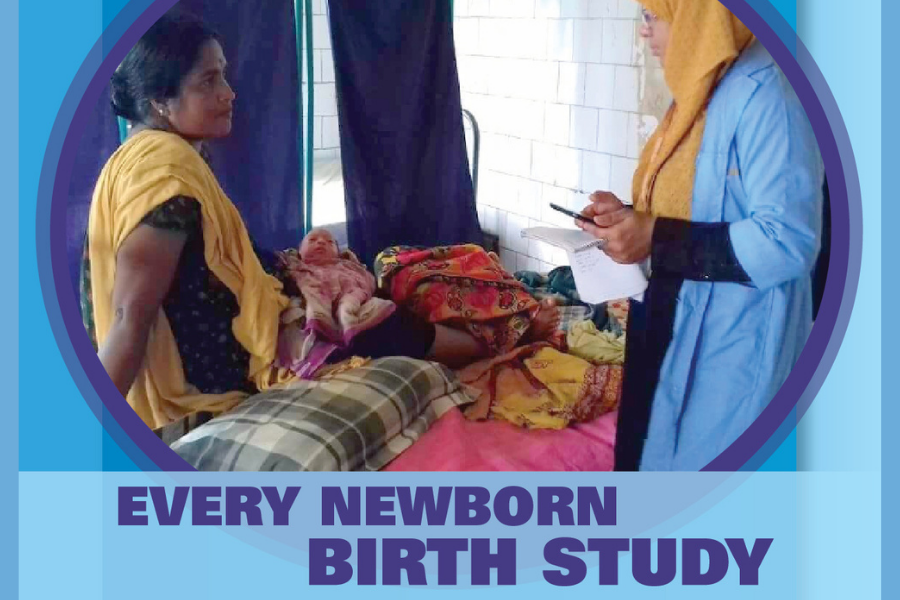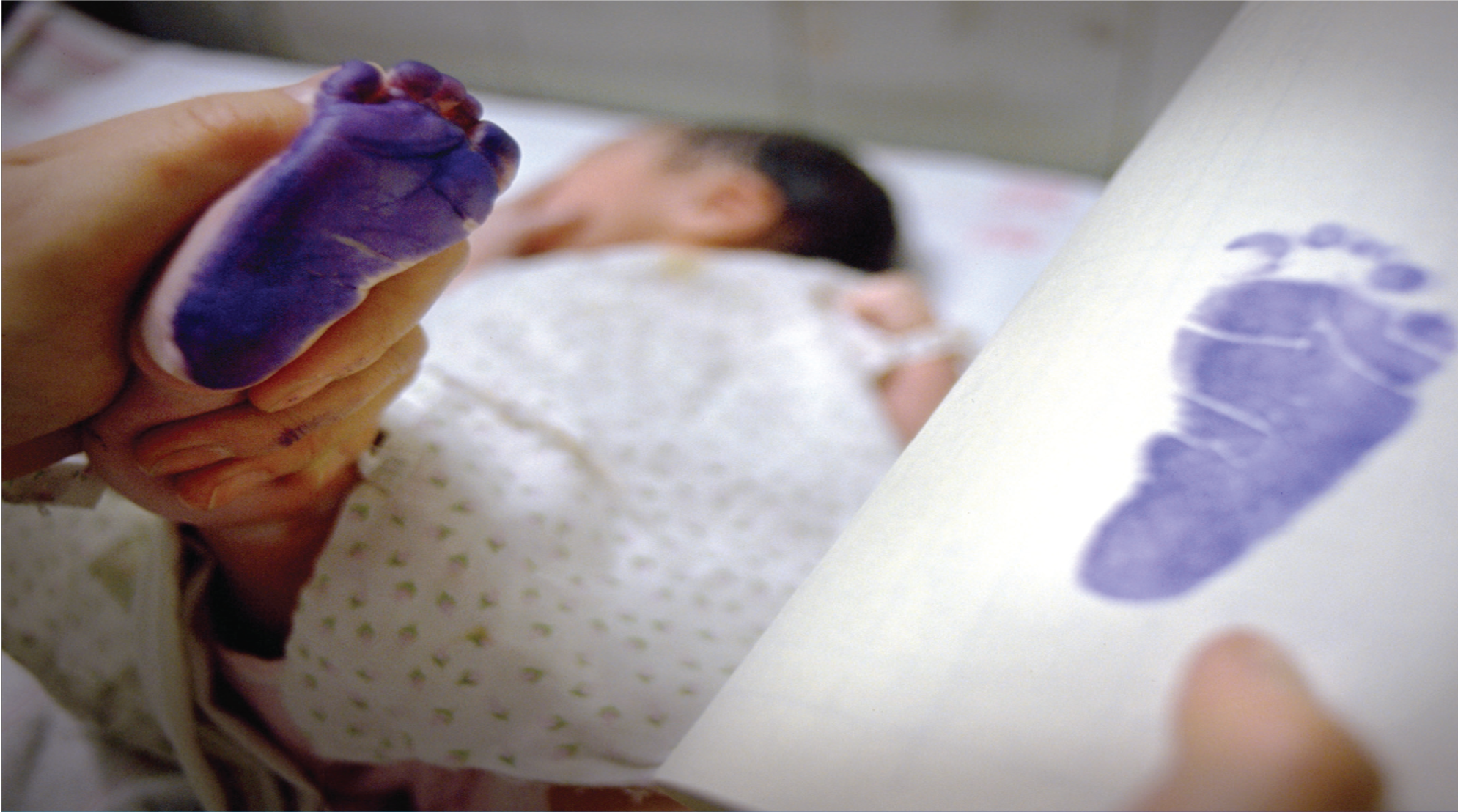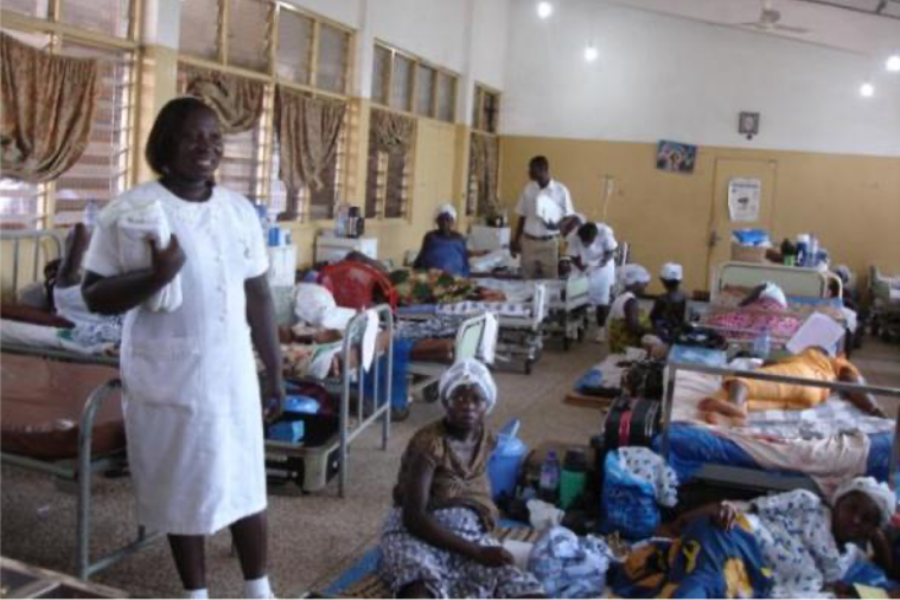About EN-BIRTH
EN-BIRTH was a multi-country study to transform newborn and maternal measurement in routine health systems.
An urgent need to transform care: The Every Newborn Action Plan
The stats are bleak. Each year, there are more than two million stillbirths, and a further two and a half million newborns die in first 28 days of life. This accounts for 47% of all under-5 child deaths.
99% of these deaths happen in low & middle income countries (LMICs), especially for the poorest families. And most are preventable.
In response to this, the Every Newborn Action Plan was developed with the aim to end preventable deaths, setting the first ever national mortality targets:.
- ≤ 12 neonatal deaths per 1000 live births
- ≤ 12 stillbirths per 1000 total births
Improving outcomes: Every Newborn-BIRTH
EN-BIRTH study involved observing >23,000 births using an innovative tablet-based system to validate data from routine facility registers and women’s survey report.
The study was conducted in five hospitals in Bangladesh, Nepal and Tanzania, coordinated by a team at LSHTM and funded by the Children’s Investment Fund Foundation (CIFF).
The findings from EN-BIRTH have:
- Important implications for measuring progress for the Sustainable Development Goals, especially related to Every Newborn targets, to reduce ~5.4 million stillbirths, newborn and maternal deaths.
- Practical relevance for improving measurement of coverage and quality of maternal and newborn care in routine facility registers and in population-based surveys.
EN-BIRTH key links
Meet the teams involved
At the end of the study, we asked all teams to reflect on highlights, collaborative learning, and significance of the results. Hear what they had to say below.



